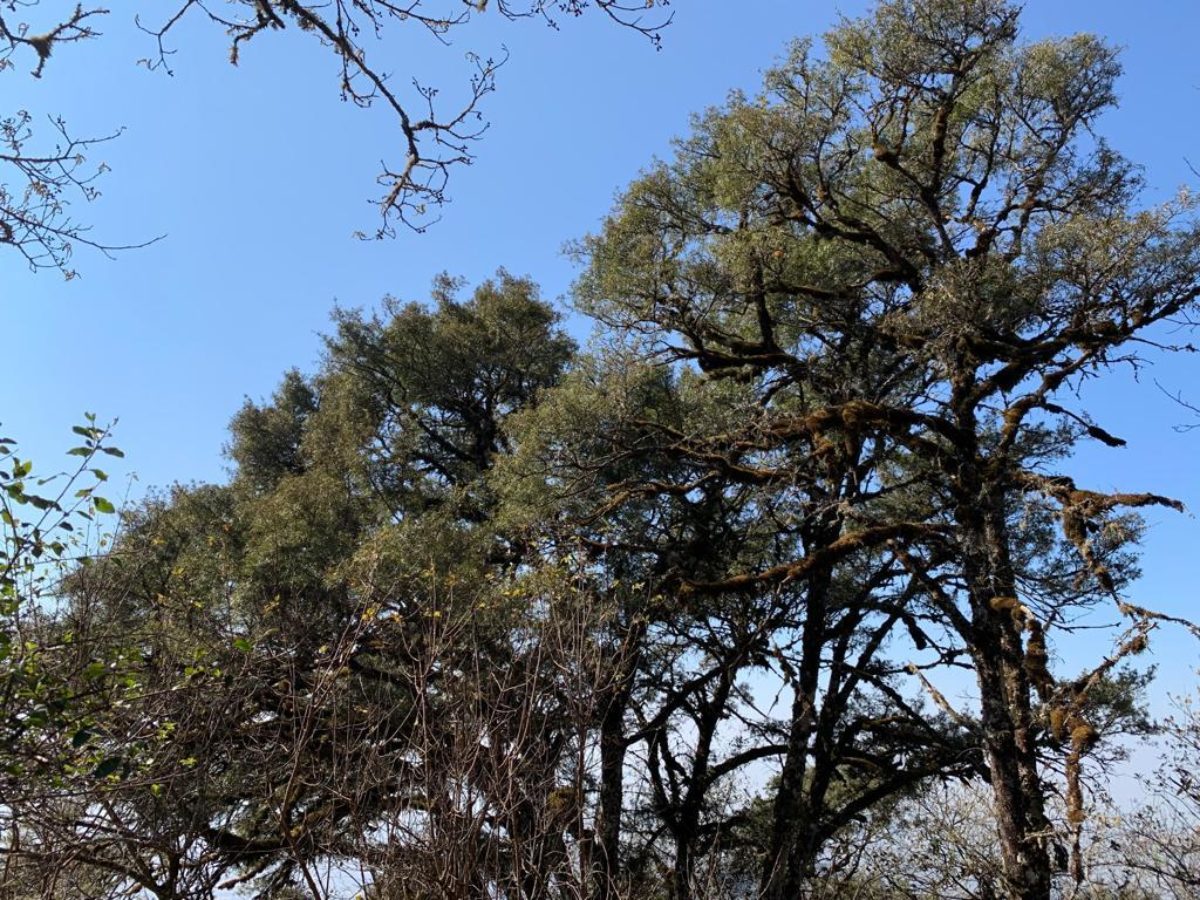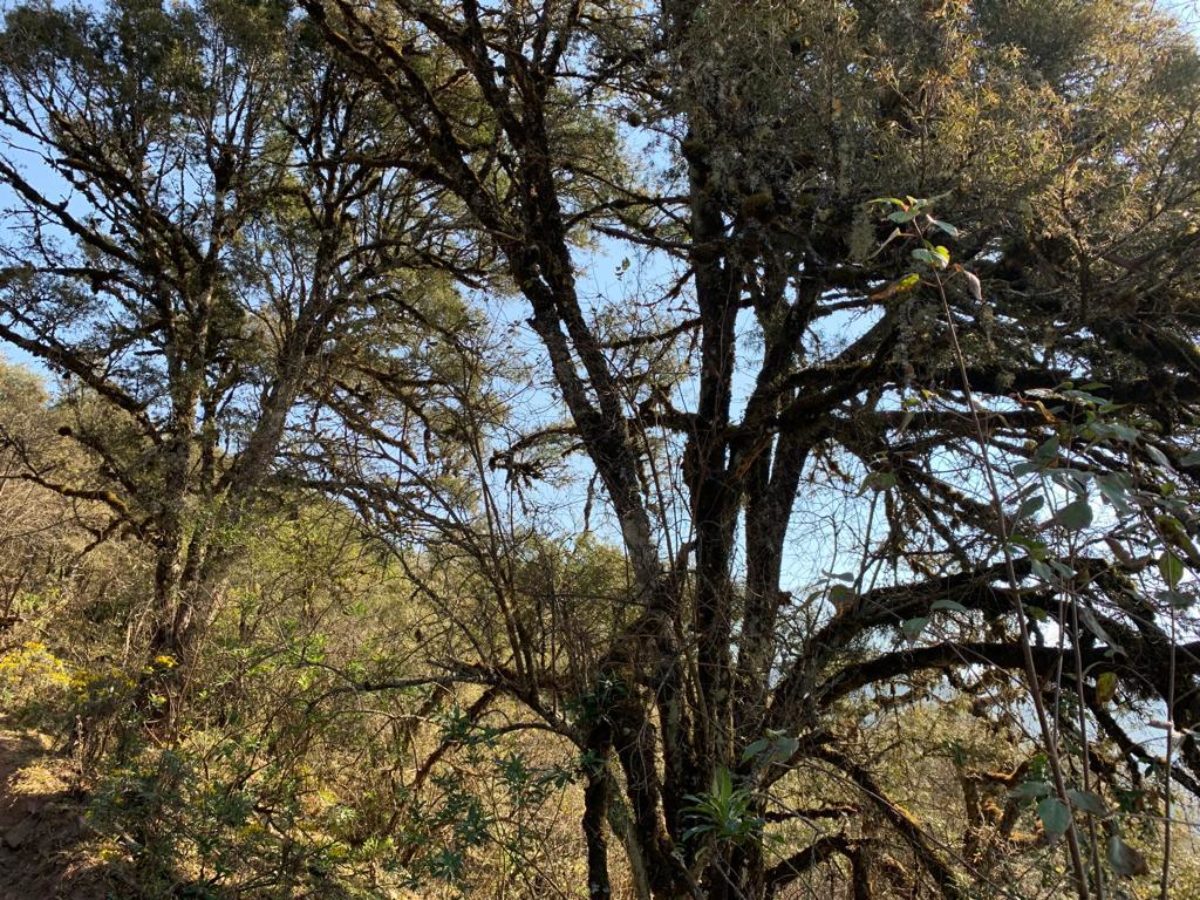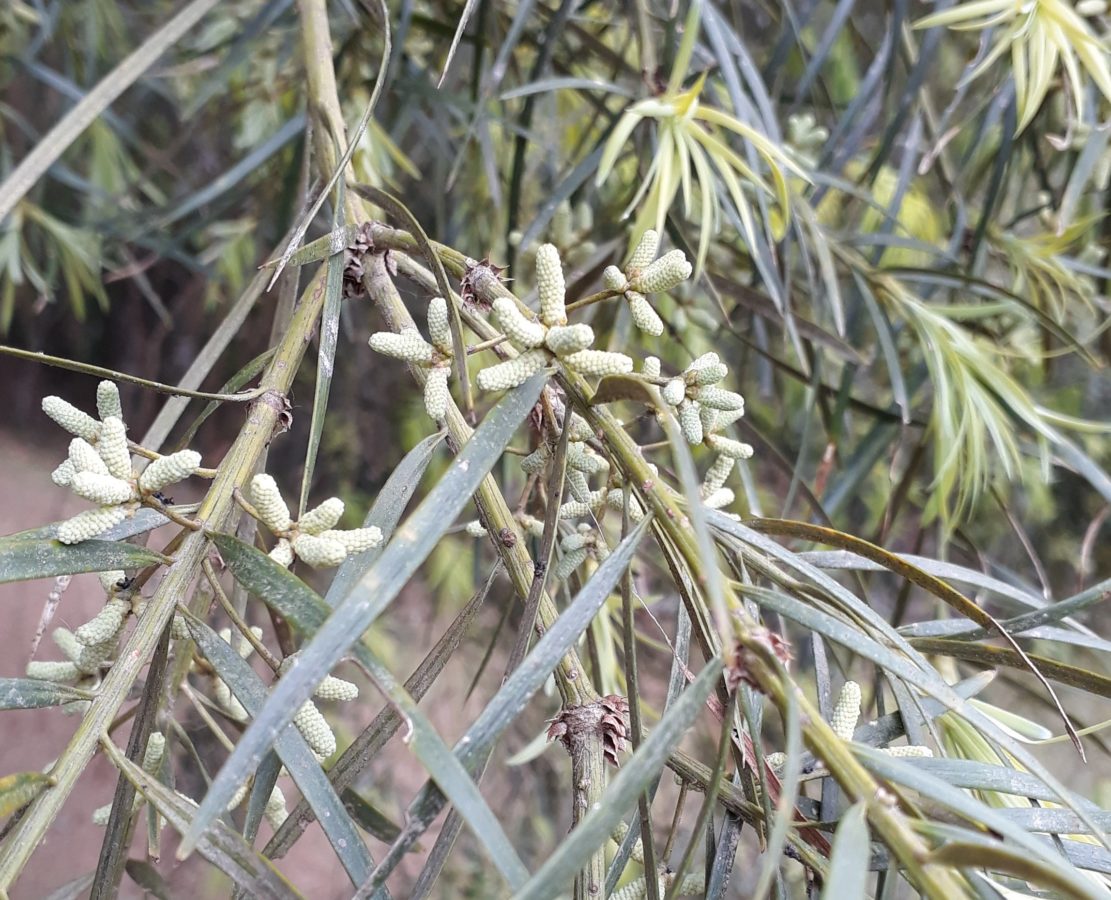Podocarpaceae
Podocarpus parlatorei
An ecologically important species from the Argentinian and Bolivian Yungas forests. It is listed under CITES Appendix 1 due to heavy exploitation.
Human Uses
It is used by local rural communities as a source of firewood, to make wooden posts, utensils or housing, as living fencing around houses and pastures. It was first CITES-listed under Appendix I in 1975 and although there was a proposal by Argentina to down-list this species to Appendix II in 2008 (CITES 2008) this was rejected (CITES 2009).
References and further reading
- Arturi M.F., Grau H.R., Aceñolaza P. G. and Brown, A.D. 1998. Estructura y sucesión en bosques montanos del Noroeste de Argentina. Revista de Biología Tropical 46: 525-532
- Blaser, J. 1996. Silvicultural considerations of listing timber species in Appendices I, II and III of CITES. Working document for the 2nd meeting of the CITES Timber Working Group (unpublished)
- Carilla J. and Grau, H.R. 2010. 150 years of tree establishment, land use and climate change in montane grasslands, northwest Argentina. Biotropica 42: 49-58
- CITES. 2008. Seventeenth meeting of the Plants Committee Geneva (Switzerland), 15-19 April 2008 Periodic review of plant species included in the CITES Appendices. Available at: http://www.cites.org/eng/com/pc/17/E-PC17-11.pdf. (Accessed: 22 October 2012).
- CITES. 2009. Eighteenth meeting of the Plants Committee Buenos Aires (Argentina), 17-21 March 2009 Proposals for possible consideration at CoP15 Proposals to amend the Appendices . Available at: http://www.cites.org/eng/com/PC/18/E-PC18-16-01-01.pdf. (Accessed: 22 October 2012)
- Fra, E.A., Salinas, R.S. and Perea, M. 2007. Distribución del pino del cerro, Podocarpus parlatorei Pilger (Podocarpaceae), en la provincia de Catamarca, Argentina. Lilloa 44(1-2): 99-105
- Morales, J.M., Sirombra, M and Brown, A.D. 1995. Riqueza de árboles en las Yungas argentinas. In: A.D. Brown and H.R. Grau (eds), Investigación, conservación y desarrollo en las selvas subtropicales de montaña., pp. 163-174. LIEY
- Navarro, G. and Ferreira, W. 2004. Zonas de vegetación potencial de Bolivia: Una base para el análisis de vacíos de conservación. Revista Boliviana de Ecología y Conservación Ambiental 15(1-40)
- Quiroga, M.P., 2015. The role of the marginal populations in the conservation of the gene pool of the only conifer Podocarpus parlatorei from south Yungas in Argentine and Bolivia. Ecología en Bolivia-Revista del Instituto de Ecología, 48(1).
- Quiroga, M.P. and Premoli, A.C. 2007. Genetic patterns in Podocarpus parlatorei reveal the long-term persistence of cold-tolerant elements in the southern Yungas. Journal of Biogeography 34: 447-455.
- Quiroga, M.P., Pacheco, S., Malizia, L.R. and Premoli, A.C. 2012. Shrinking forests under warming: evidence of Podocarpus parlatorei (pino del cerro) from the Subtropical Andes . Journal of Heredity 103(5): 682-689.
- Sachsse, H. and Schulte, E. 1987. Some important wood properties of the Bolivian Podocarpus parlatorei. Holz Als Roh-Und Werkstoff 45(12): 475-480





